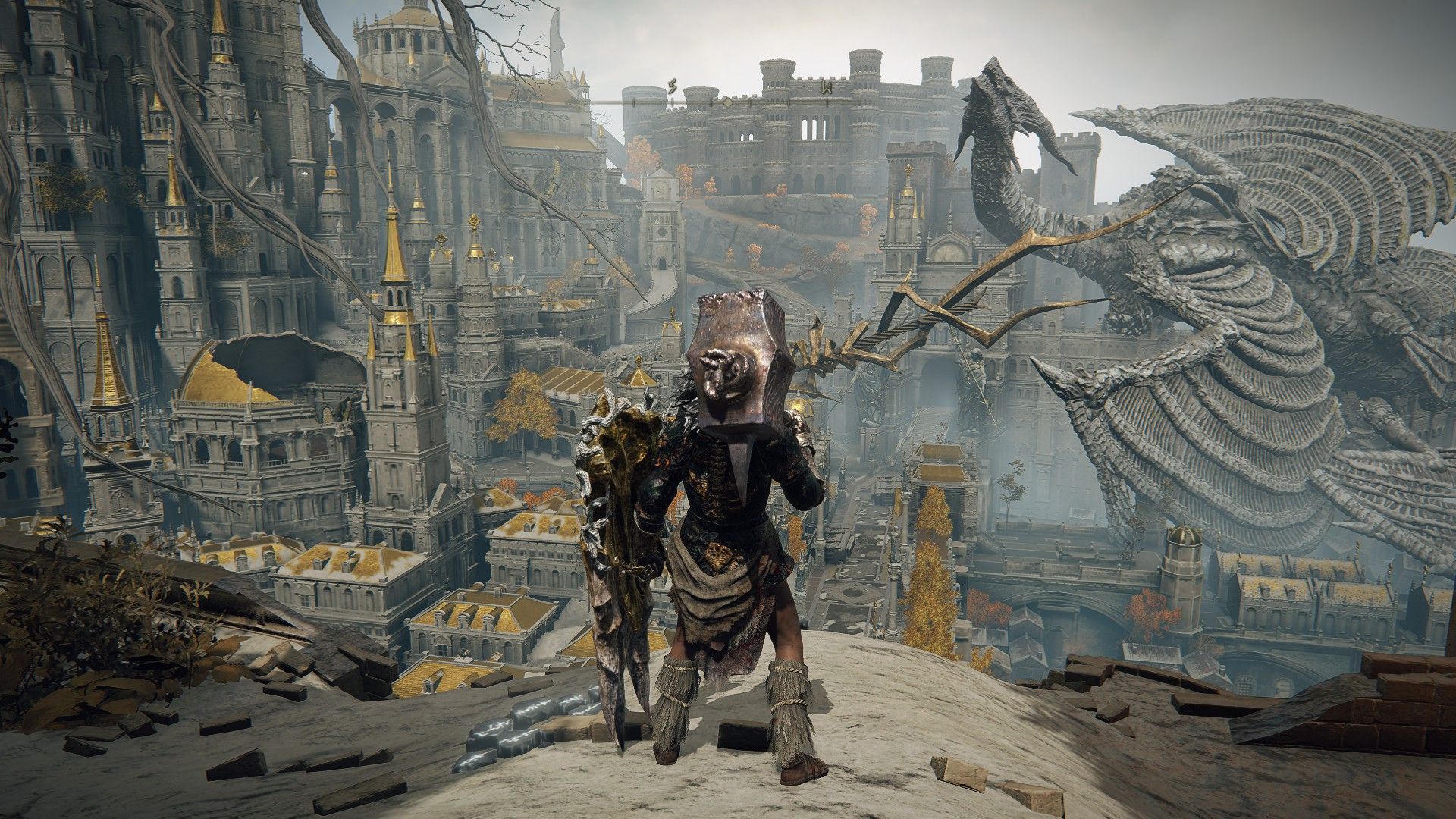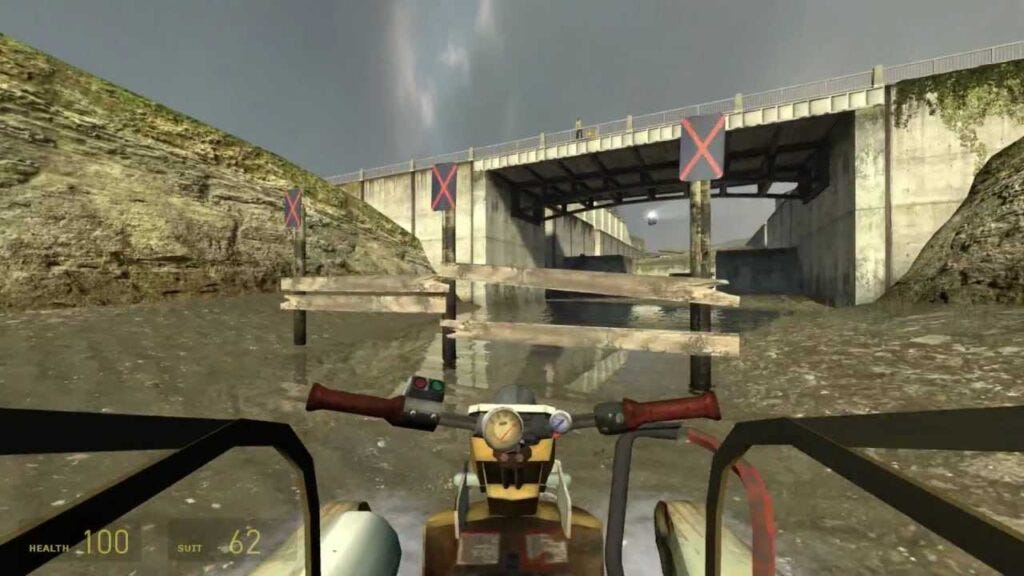How Poor Pacing Ruins Your Gameplay
Missing the point of your design

A unique advantage I have with covering so many indie games each week is that it gives me the chance to experience multiple intros and openings to titles. Today, it’s time for another “tough love” lesson when it comes to pacing and structuring your opening, and how so many great ideas for games utterly torpedo their chances to build an audience with a horrible start.
Fumbling Out of the Gates
I won’t be naming names in this piece, but the descriptions I give should be good enough to know what the problem is, and if you watch my streams, you’ll be able to pick out these games. As I’ve said time and time again, and many developers will say, the opening of your game is of high importance. This is why many people suggest that the first level of your game should be the last one finished — as you want it to be the best possible introduction to your game.
Every genre has different aspects that go into their openings, and this piece is not specifically about tutorials, but I will mention them in passing. What I want to talk about is this: what does the first 30 minutes of your game look like? Keep in mind, 30 minutes is really generous, and I could cut that down to 10 minutes to be more exact.
Too many developers tend to view their game from the eyes of the designer/creator, that everything they’ve made is perfect and people will appreciate it. However, when you view the same thing from the lens of a new player/consumer, you find many problems. There are plenty of examples of games that I’ve played where within five minutes of loading it up, I’m ready to stop playing. This is coming from someone who is playing the game for free, let alone a consumer who had to purchase it before they could even look at it.
I want to talk about some of my least favorite openers and why these are not the best way to introduce someone to your game.
1: The Exposition Machine
A narrative opening is different from a gameplay one, and you can’t force one over the other. It is an art to be able to seamlessly combine the opening area as a tutorial while moving the player through the story and general world-building of your game.
More often than not, developers tend to push the story and exposition over the actual act of playing the game. This is often done by frontloading exposition before the player even can move their character; bonus negative points if this is done via an overly long cutscene. When the player is given control, the action will keep stopping to introduce dialogue/banter while they are trying to figure out how to play the game.
One of the quickest ways to turn off a player, especially if you promote your title as being gameplay focused, is to continuously stop the player from engaging with the game. And I also want to mention that forcing the player to move slowly or disabling the ability to run at the start and requiring them to perform tasks this way, is not good. You don’t want to start the game making the general play feel bad, to then fix it later. Some games, like Metroidvanias, can get away with this, but only for a few minutes at the start.

2: The Gameplay Switcheroo
Another way developers like to blend exposition/storytelling into their gameplay is by introducing short-form gameplay sections to mix things up. The ever-popular “forced stealth section” on older action games is a good example of this. But there are developers who try to do this at the very start of their game, sometimes before the actual core gameplay loop has started.
In a game I recently played that billed itself as a stealth platformer, after performing a quick platforming tutorial section, the entire game grinds to a halt for an adventure game puzzle, with no direct clues as to what to do, what you’re looking for, or even where to go. It took me about 40 minutes of playing before I got to my first actual stealth section.
Another example of what not to do is if you market your game as combat-heavy, and then spend the first 30 minutes or so where players are unable to attack anyone or interact with anything around. Part of the challenge of good pacing is that introducing new gameplay elements to break things up is a good thing — see examples like the Metal Gear Solid series, Half-Life 2, and Plants vs. Zombies. However, if we are literally talking about the opening of your game, not getting the player into the core gameplay loop is not how you want to present your game. Before you can mess with the player’s expectations, you need to at least give them some expectations to start with.
3: Frustrating Fun
A major aspect of progression in games is giving the player more “cool stuff” — new weapons, skills, movement tech, etc. A common trap I see developers fall into when it comes to combining gameplay and exposition is purposely making a part of the game annoying or frustrating to play, to then introduce something that fixes it.
This design method is seen in idle games and is quite polarizing in that context. Fixing an issue or removing something annoying is a very powerful progression element, but when it comes at the cost of the game beforehand is where the problems lie. I’ve played Metroidvania games that feel very frustrating at the start or just with the general abilities — where the game doesn’t feel right to play, or something is missing. And then at some point, usually by the 25 to 50% mark, an upgrade is revealed that removes that complaint. This could be anything from fast travel, to enhancing an ability, to just giving the player something brand new.
Source: YouTube.
Instead of feeling joy when I get these upgrades, I feel annoyed, because I know that a good chunk of the player base probably quit the game long before they ever found these upgrades. Worse still is when that upgrade is something that is directly tied to the core gameplay loop. This isn’t the same as giving someone double-jump in a Metroidvania, but holding off on the ability to dodge attacks or any essential skill that dramatically changes the game when it is unlocked. Anything that is an upgrade to the core gameplay loop and experience of your game should be delivered as quickly as possible to the player. New mechanics and abilities that enhance the game can be delayed or onboarded once the player is already familiar with the base elements.
4: Cold Open
Making any tutorial, let alone a good one, is tough, and it's why there are developers who tend to ignore it in favor of just letting the game do the on-boarding. At best, this is a cheap alternative to an actual tutorial, and at worse, it can ruin your entire game for someone. There are plenty of games I’ve played where the onboarding is like this:
- step 1: Explain how movement works
- step 2: ???
- step 3: Onboarding complete
I’ve seen this style in everything from action to puzzle games, fighting to strategy, and other genres. In one title I recently tried, the second tutorial message was to tell me to go somewhere without any indication as to where that even was or how to find it.
A good tutorial is one that knows when it has served its purpose and the player is ready to be cut loose, but that can only occur once the player is given proper onboarding. Remember, a proper tutorial should answer three important questions about the gameplay:
- What am I doing?
- How do I do it?
- Why do I do it?
In another game I played recently, the achievement list showed that 23% of the people who played it didn’t finish the tutorial which takes about 15 minutes. Not only that, but the game then proceeded to lose more than half the entire player base in less than one hour of actual play. Any time your game has abstracted elements, you need to have a tutorial and onboarding set up to explain them to the player. If someone is confused during your tutorial, then that is a terrible opening in my opinion.

Why Churn Matters
It’s time to bring up a very salient point about onboarding and tutorials. For me, one of the signs of a successful or a failed game is how much churn occurs within the first hour of play. As an indie developer, if you are losing more than half your player base within an hour, that should be causing alarm bells to go off in your head, even if people are praising your game and fans are saying, “It’s the best thing ever.” All those people who quit your game before it could even begin, they’re not going to come back for your next game.
While it is impossible to retain 100% of the people who play your game, you should be able to hold a minimum of 80% to finish your tutorial. My advice to developers is this: have someone who has never looked at your game play it and try to record it. Watch where they’re getting stuck, how long it takes them to complete a task, or where they’re focusing during the onboarding. Don’t be afraid to make things as precise as possible, even with a flashing icon to tell someone to “click here.” Every game is someone’s first, never assume that people are going to enjoy struggling to learn a game.
Making a Good First Impression
The opening of your game, regardless of the genre, is often what determines whether someone is going to keep playing or not. There are an infinite number of reasons why someone can stop playing your game. As a designer, remember it’s not your goal to create a game with 100% retention but to keep people interested in playing your game for as long as possible. It’s easy to joke about games where 20% of the player base doesn’t get through the tutorial, but on the other hand, that’s a game where 20% of the people who gave you money didn’t, or couldn’t, start enjoying your game.
If you fail to learn good onboarding lessons with your games, don’t expect people to stick around or to earn new fans. If you can keep 100% of your player base invested in your game for 30 minutes, that’s an achievement… and yes, that is much harder than it sounds.
Comments
Sign in or become a SUPERJUMP member to join the conversation.
